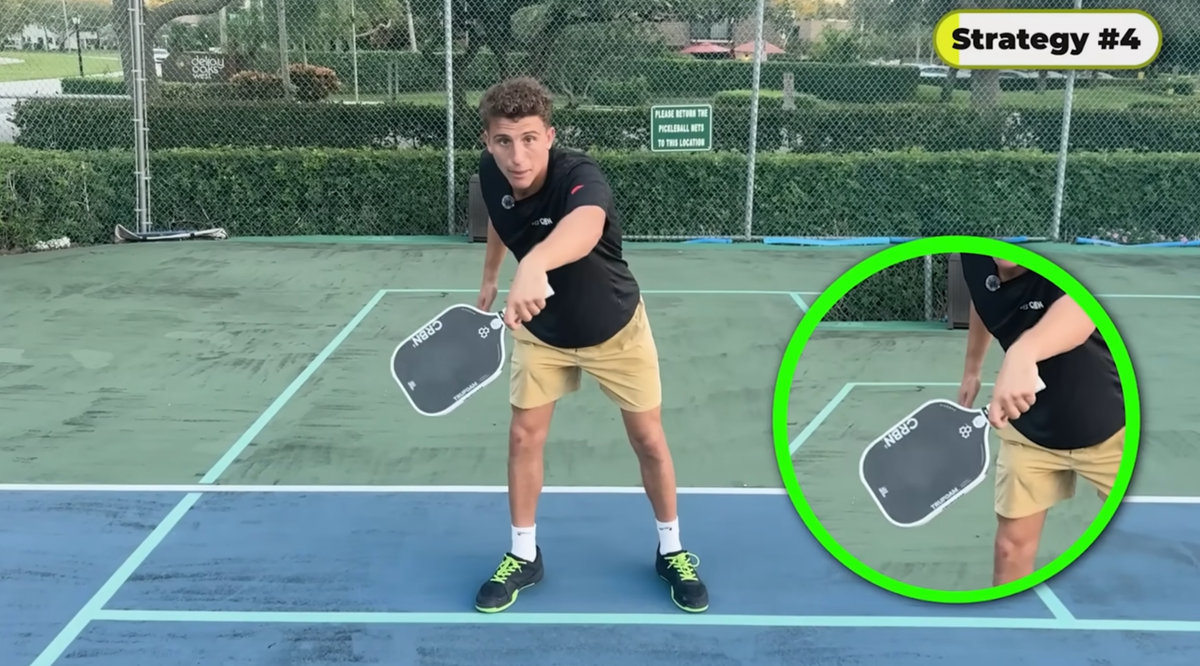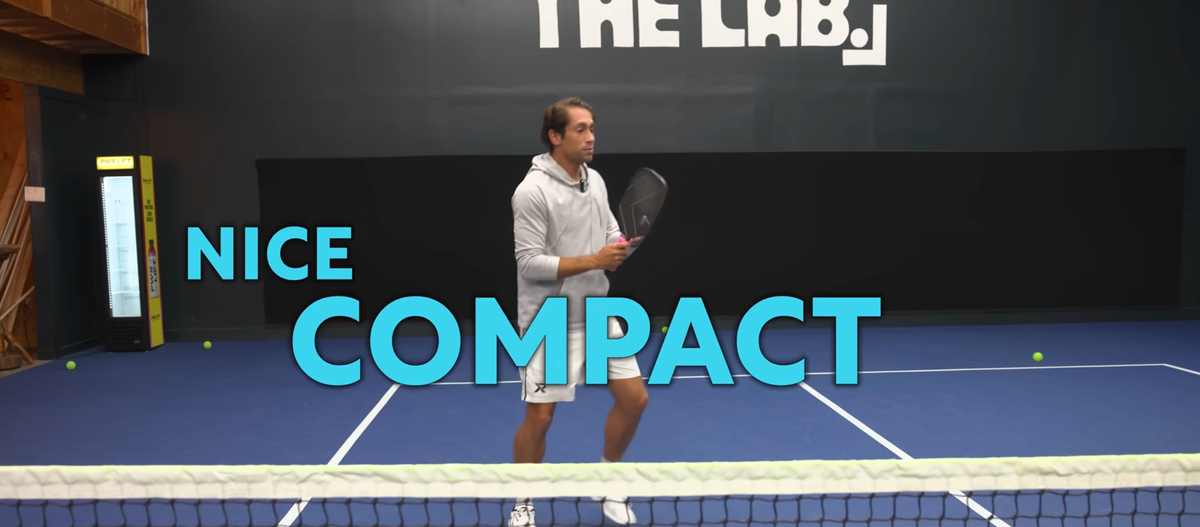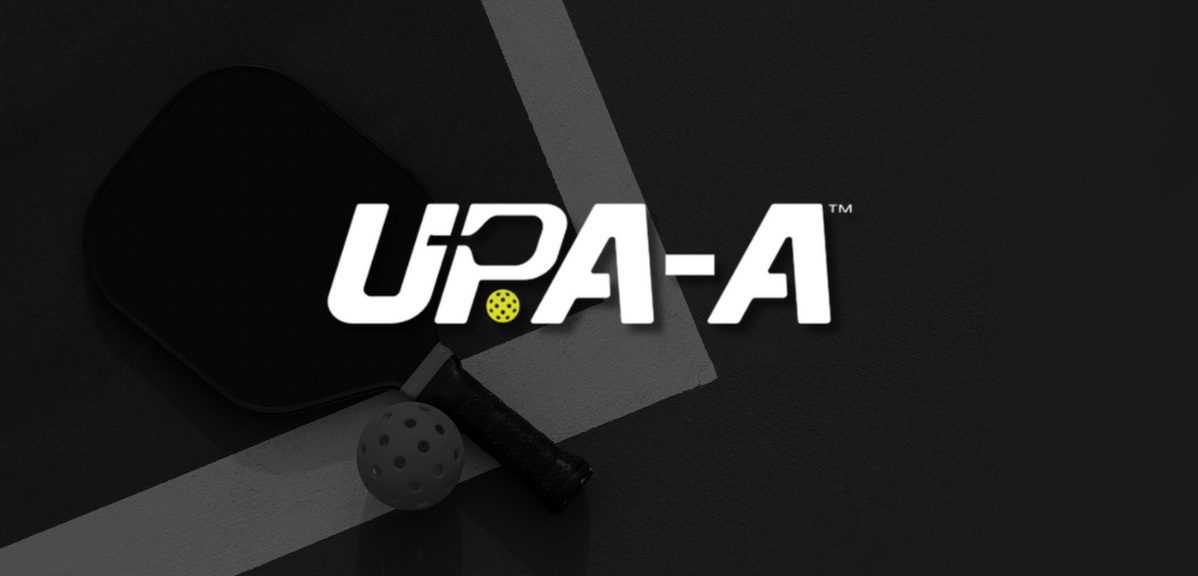
JohnCincolaPickleball

Hey guys, it’s John from John Cincola Pickleball. So there’s a lot of confusion out there around which dinking technique is “correct.” The answer? There’s no correct way. It’s situational. Let me explain.
The better question to ask is, which technique fits better in a certain situation? There are very few absolutes in pickleball, and dinking is no exception. Today, I’m going to walk you through different terms, techniques, and approaches to dinking. By the end of this article, you should have a clear plan on how this all fits into your game.
Understanding the Two Core Dink Styles
First, let’s talk about what I call the sliced dink. There’s not really a universal name for it, but this is where your hand and paddle are level with each other, and the paddle face is open (figure 1). This naturally creates some underspin.

On the other hand, there’s what I call the tip-down dink. That’s where the paddle tip drops below the hand (figure 2). With this position, you’re usually getting a flatter ball, and if you’re good at it, maybe even a little topspin. It generally won’t produce any underspin.

Key Concept: Open Paddle Face
One constant across both styles: you need an open paddle face. Since we’re dealing with a low ball and need to lift it over the net, that open face is essential. In the sliced dink, you get that open face by using the wrist to roll the paddle. Keep your swing level—don’t overdo it trying to create spin. A level swing with an open face will get the job done.
In the tip-down dink, the open paddle face comes from keeping the ball out in front. If the ball gets too far behind, the face closes, and then you’re forced to overuse the wrist.
When to Use Which Dink Style
A common question I get during lessons is, “Which is the right way to dink?” People see videos showing the tip-down or the wrist-up technique, and it gets confusing. But again, it’s situational.
If the ball is coming directly at your body, it’s natural to let the paddle tip go down. For anything inside the frame of your body, a tip-down dink is going to feel natural.
But when you have to reach outside your body, the paddle naturally rotates to the side of your hand. That’s when the sliced dink becomes more practical. The problem arises when people try to apply one style to every scenario—like trying to dink tip-down when the ball is wide or sliced when the ball is in your body. That just doesn’t work well.
Pros and Cons of the Sliced Dink
Let’s start with the advantages of the sliced dink:
- You’ll get some underspin, which helps the ball skid and stay low on the bounce.
- It’s easier to use when you’re stretched out to the sides.
- It feels more natural for hitting cross-court shots.
But there are some drawbacks:
- Hitting inside-out shots is tougher.
- Personally, I struggle with half-volleys using this technique—it’s easy to pop the ball up.
- It’s hard to create deception. If you’re in that sliced position, it’s obvious you’re about to dink, and your opponent knows they don’t need to prepare for a speed-up.

Pros and Cons of the Tip-Down Dink
Now let’s get into the tip-down dink. Here are the advantages:
- You can move the ball to more spots on the court—better versatility.
- It allows for deception. From this paddle position, you can redink, speed up, or go inside-out.
- It feels more relaxed and natural for many players.
- It’s much better for half-volleys and resets in the transition zone.
- You can learn to hit a topspin roll dink from this position, which applies more pressure and creates more pop-ups.
But there are downsides too:
- It’s harder to use when you’re stretched far outside your body.
- It feels awkward when trying to pull the ball back across your body for a cross-court shot.
How to Decide Which Style to Use
You may have noticed that the tip-down style has more upside. So how do you decide in-game which one to use?
Sometimes the situation chooses for you. If I have to reach to the side, I might default to a sliced dink. But I can also be proactive, move my feet, and get behind the ball, allowing me to hit from a tip-down position and maintain more options.
So my advice: Move your feet. Get behind the ball whenever possible so you can hit from your preferred dink style. But if the shot is too good and you’re forced to reach, then use the slice to neutralize the situation.
That’s all I’ve got for you today! I hope you enjoyed the article. Be sure to grab a screenshot so next time you’re on the court, you’ve got this info right at your fingertips.
For exclusive content and full-version tutorials, make sure to check out my YouTube channel, ➡️ John Cincola Pickleball.
Related Articles:
Anuncie Aqui / Advertise Here
Sua marca para o mundo Pickleball! / Your brand for the Pickleball world!

 English
English  Spanish
Spanish  Portuguese
Portuguese  German
German  Italian
Italian  Japanese
Japanese  French
French  Polish
Polish  Russian
Russian  Netherlands
Netherlands  Hungarian
Hungarian  Turkish
Turkish  Videos
Videos  Pickleball Portal
Pickleball Portal









 English (US) ·
English (US) ·  Portuguese (BR) ·
Portuguese (BR) ·